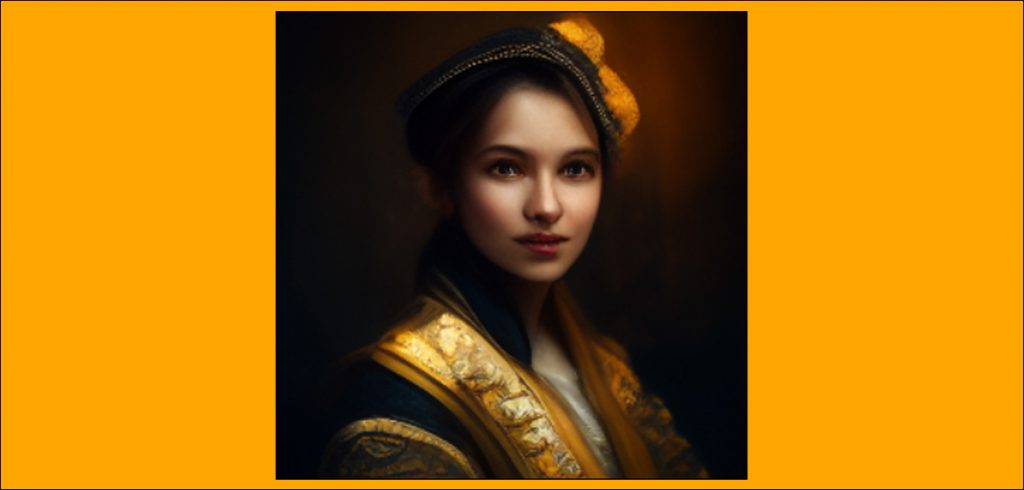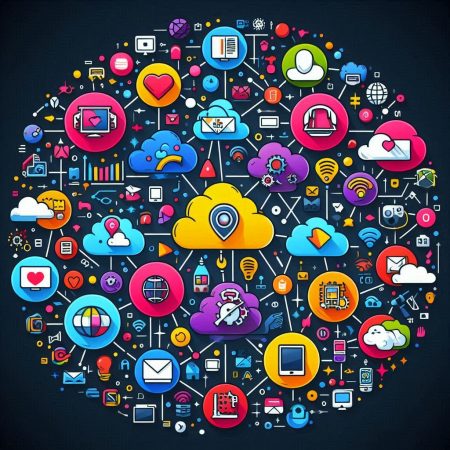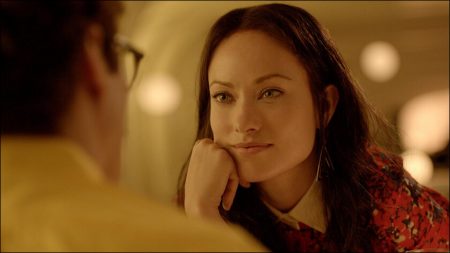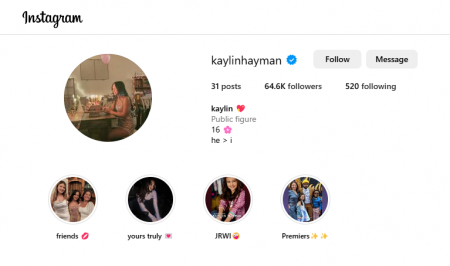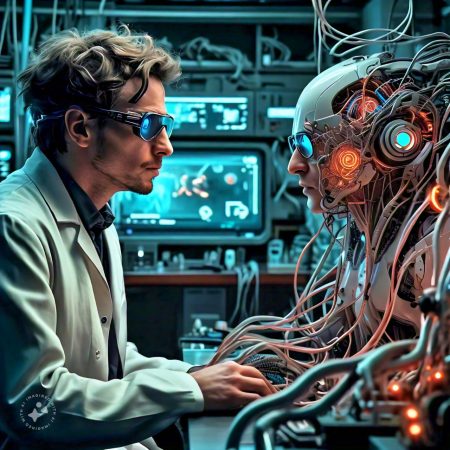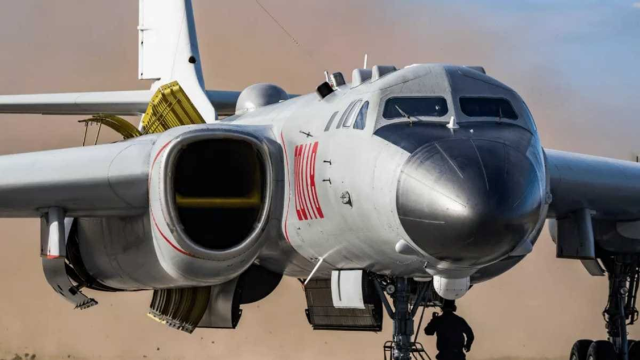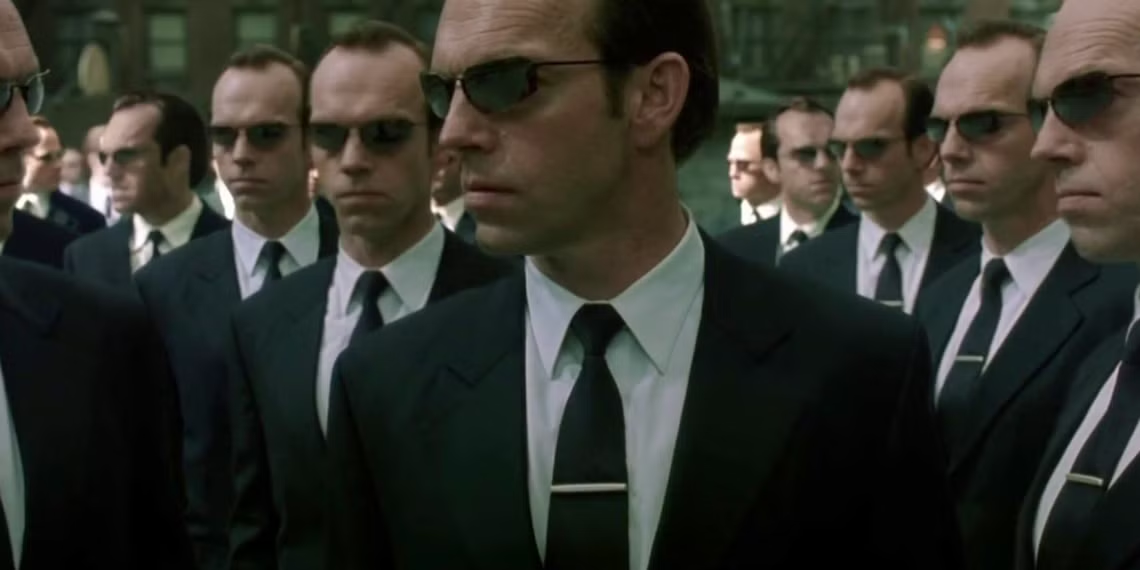Ramji finds out how the aesthetics of our age are being revolutionized by the algorithmic influence of artificial intelligence
Look at the above painting. Doesn’t it look like an unknown work of Rembrandt? Would you believe it if I said that the painting was generated by an engine driven by artificial intelligence (AI)? And what if I say that painting was created just by carefully chosen words? Yes, words. Here is what I typed in:
“Portrait of a beautiful young woman, magnificent palace, Rembrandt style lighting, hyper realistic, cinematic”
They say a picture is worth a thousand words. Well, in this case, several words make up a picture. Yes, this is the new trend in AI which takes in your text inputs and generates beautiful images. Not only this, but it also gives you 4 options first and you can mix and match elements between them. You can even upscale any of the 4 options and get a bigger picture. Now look at this
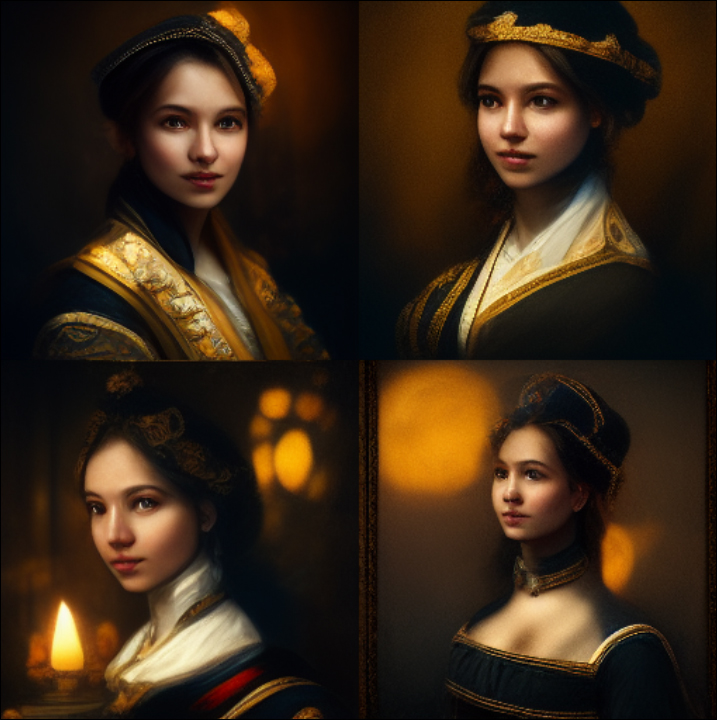
Midjourney, an AI engine that lets you create such beautiful pictures with just words, is one of many platforms that are welcoming in the era of AI artistry.
So how do these AI engines work? Their algorithms work not in a set of instructions or rules, but “learn” to create a specific aesthetic by trawling over thousands of images and picking up elements what it “thinks” that matches with the set of words that you entered. Fascinating, isn’t it?
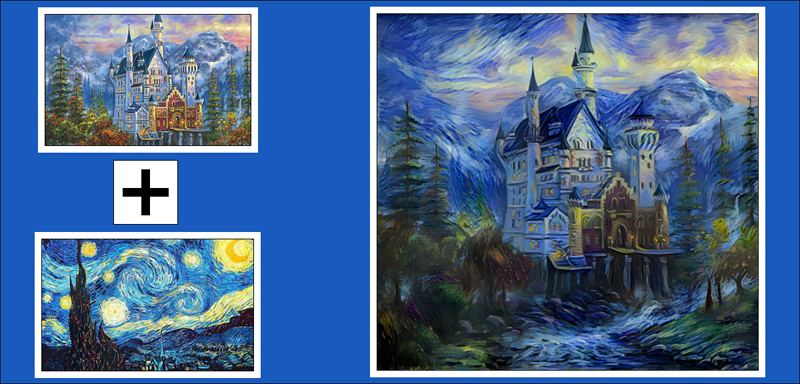
The engine is trained to analyze the set of images that matches each word in the text prompt and then put together a combined image. Now that is remarkable. And soon, you could create any image with great accuracy.
It all started in 2009 when Google, in association with Mannheim University, developed an artificial neural network, an AI system that was modelled after the human brain. This computer vision program was aimed at identifying and enhancing patterns based on an existing set of data that has been fed to the system and processed. And many artists started using this to create abstract artwork using this system instead of traditional way of drawing or painting. In a way, Deep Dream paved the way for the other systems that we are talking about now.
According to an article published by Ahmed Elgammal, a professor of computer science and founder of the Art and Artificial Intelligence Laboratory at Rutgers University, these AI based engines use something called Generative Adversarial Networks (GANs) which was introduced by a scientist Ian Goodfellow in 2014.
As per this system, the algorithm has two neural networks as part of it. One is aptly called the Generator that generates random images and the other one is called Discriminator, which is taught through inputs fed by the developers. These inputs are nothing but a series of images (thousands of them) without any context that is fed into to algorithm so that it helps to “learn” each of these images and when it is time to generate its own image, it can judge what is best for the requirement. The input images are all fed without any label and let the algorithm decide what it wants to create.
There is more. Prof. Elgammal’s team at Art and Artificial Intelligence Laboratory has created something called Artificial Intelligence Creative Adversarial Network, AICAN in short. So, what does this do? It is an AI system that can create artwork on its own, with little or almost no human involvement. The artworks produced by this system are almost indistinguishable from those of human artists and have been exhibited worldwide. One such artwork was even sold for USD 16,000 (Rs 12,77,536) at an auction!
When I began to draft this article, I had heard only about Dalle E, another AI engine created by OpenAI that lets you create such images with text inputs. Look at the examples provided on their website.
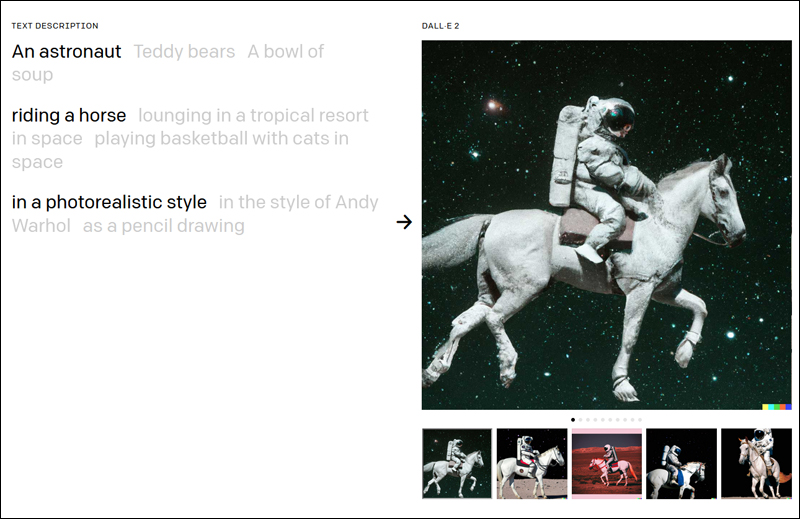
But the problem was a long waiting list to test it. While I was reading more about it, I encountered something called Dall E mini created by Craiyon. This is not as accurate or detailed as Dall E but still gives you an idea of how these systems work.
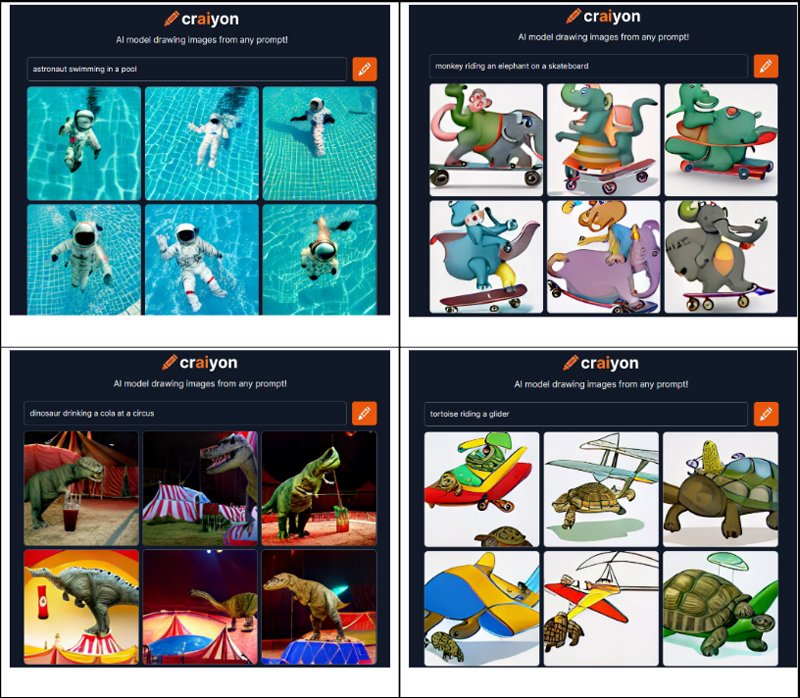
Now as I started to learn more about such engines, I came across several more such AI engines called by various names, Stable Diffusion, Deep Dream, Dreamstudio and so on.
These engines all create artwork through artificial intelligence. However, all or most of them are experimental now and it does look promising how it will turn out in the immediate future. So go ahead and try any of these. Bring out the artist in you.
So, what does this mean for the future of art? These algorithms can produce new artwork as long as there are sufficient inputs to it. Someday, artists might use these algorithms to create “original” art or the algorithms themselves will create “original” art. Though this technology is still in its nascent stages, the possibilities are endless.
In case you missed:
- None Found



